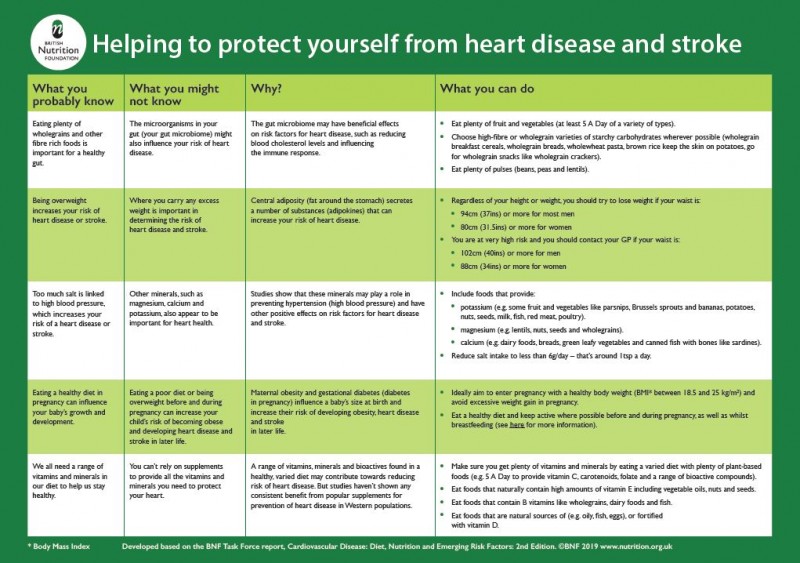
A healthy diet for children includes fruits and vegetables. Most fruit and vegetables are good sources of protein, vitamin D and B12, and iron. Some eggs even have omega-3 oils added to them, which helps improve the brain development of children. A cup fruit contains around 12 calories. Most fruits have small pieces. Fruit can be served fresh or dried with peanut butter.
Juice should only be consumed in moderation. Limit your intake to one or two drinks per day if you wish to control your child's sugar intake. Instead of putting juice on the child's plates, offer them a bowl of real fruit. It will give them fiber and other good nutrients. In addition, juice may cause them to drink too much between meals, which can be dangerous for their health. Sodium is needed to maintain body fluid levels and maintain nerve and muscle function, but too much sodium increases the risk of heart disease and high blood pressure. Most processed foods contain high levels sodium.

A new study found that 60% of food products sold to children were unhealthy. A survey of 156 products revealed that more than half had added sugar, 15.4% contained saturated fat, and seven percent contained salt. Researchers also examined how companies label "healthier" foods, and what they contained. A study found these foods were highly processed. The ingredients were also not listed. Moreover, they often lacked the essential vitamins and minerals that children need to grow up to be healthy and strong.
Parents should be aware of the health risks associated with sugary and processed foods. To avoid this problem, parents should focus on overall diet and provide whole foods. Focus on healthy foods and stay away from processed foods. Instead, parents should encourage children to eat food high in vitamins and minerals. It will help them build positive eating habits in the future. There are many options to encourage your child eat more fruits, vegetables, and other healthy foods. By setting a good example, you can encourage your child to eat healthy foods.
Children should be provided with varied fruits and vegetables and limited juice intake. Each meal should contain at minimum one serving of each. The recommended fruit or vegetable intake for children is between one cup per day (for toddlers) and three cups per week for teenagers. Flaxseed and omega-3 fatty fish are great sources of fats. Certain fruits and veggies are rich in fiber and antioxidants.

Milk is a good source calcium and vitamin, and helps build strong bones. It also contains 8g of protein. Children under two years of age should not be allowed to consume dairy products. Children should limit their intake to eight ounces of cow’s milk per day. Once they've reached this age, it's okay to replace cow's milk with low-fat milk. Although yogurt and cheese are not healthy, they can still be great sources of vitamin D and calcium.
FAQ
Is being cold bad for your immune system?
Cold weather can cause a decline in your immune system. Your body produces fewer white blood cell which fight infection. You will feel less pain if you are cold.
What should I eat?
Get lots of fruits & vegetables. They provide vitamins and minerals to keep your immune system strong. Vegetables and fruits are high in fiber which helps to digest and fill you up. You should eat at least five servings per day of fruit or veg.
You should also drink lots of water. Water helps flush toxins out of your body and makes you feel fuller between meals. Drink about eight glasses each day.
Choose whole grains over refined grains. Whole grains have all their nutrients intact, including B vitamins, iron, zinc, magnesium, calcium, and protein. Refined grains lack some nutrition.
Sugary drinks are best avoided. Sugary drinks are full of empty calories and lead to obesity. Instead, opt for water, milk, or unsweetened tea.
Avoid fast food. Fast food has very little nutritional value. Fast food may be delicious, but it will not give you the energy that you need to perform your tasks properly. Choose healthier options like salads, soups and sandwiches as well as pasta dishes.
Limit your alcohol intake. Avoid alcohol as it can cause empty calories and poor nutrition. Limit your intake to two alcoholic drinks per week.
Reduce your consumption of red meat. Red meats can be high in cholesterol and saturated fat. Choose lean cuts such as beef, pork and lamb, chicken, fish, or turkey.
What is the best way to live a healthy lifestyle?
Living a healthy lifestyle is one that encourages you to eat well, exercise regularly, get enough sleep, and avoids stress. You will live a long and happy life if you adhere to these guidelines.
You can start by making small changes in your diet and exercise routine. For example, if you want to lose weight, try walking for 30 minutes every day. Or, if you want to get more active, take up swimming or dancing. You could also sign up to an online fitness platform like Strava, which tracks your activity.
These are 5 ways you can live a healthy and happy life.
Living a healthy lifestyle involves eating right and exercising regularly. Good eating habits include avoiding processed foods, sugar, unhealthy fats, and avoiding junk food. Exercise strengthens your muscles and helps you lose calories. Sleeping enough is good for memory and concentration. Stress management can reduce anxiety and depression. Fun is key to staying young and vibrant.
What are the 7 best tips to lead a healthy, happy life?
-
Be healthy
-
Exercise regularly
-
Good sleep
-
Get plenty of water.
-
Get enough rest
-
Happy!
-
Smile often
Does being cold give you a weak immune system?
There are two types of people in the world: those who love winter and those that hate it. It doesn't really matter whether you love winter or loathe it. You might be wondering why it makes you miserable.
The fact is that our bodies are designed for warmth and function best. Our bodies were designed to thrive in hot weather because this is where the majority of our food sources are.
Now, however, we live in a completely different environment to how our ancestors lived. We spend much more time indoors, often exposed to extreme temperatures (cold and heat), and we eat foods that are processed rather than fresh.
As a result, our bodies aren't used to such extremes anymore. When we do venture out, our bodies are unable to cope with the extremes.
However, there are ways to counter these effects. The best way to avoid these problems is to ensure that your body stays hydrated throughout the day. You can help flush toxins out of your body by drinking plenty of water.
It is important to eat healthy foods. Your body will stay at its best when you eat healthy foods. This is especially beneficial for those who spend extended periods of time inside.
Finally, consider taking a few minutes each morning to meditate. Meditation can help you relax your mind, body and soul. This makes it easier to manage stress and illnesses.
Statistics
- According to the Physical Activity Guidelines for Americans, we should strive for at least 150 minutes of moderate intensity activity each week (54Trusted Source Smoking, harmful use of drugs, and alcohol abuse can all seriously negatively affect your health. (healthline.com)
- The Dietary Guidelines for Americans recommend keeping added sugar intake below 10% of your daily calorie intake, while the World Health Organization recommends slashing added sugars to 5% or less of your daily calories for optimal health (59Trusted (healthline.com)
- According to the 2020 Dietary Guidelines for Americans, a balanced diet high in fruits and vegetables, lean protein, low-fat dairy and whole grains is needed for optimal energy. (mayoclinichealthsystem.org)
- This article received 11 testimonials and 86% of readers who voted found it helpful, earning it our reader-approved status. (wikihow.com)
External Links
How To
How to Live a Healthful Lifestyle
Healthy lifestyle means you can maintain your weight, health, and fitness. It's a way of living that includes eating well, exercising regularly, getting enough sleep and avoiding harmful substances such as alcohol, caffeine, tobacco, drugs, and so on. Healthy living can help you feel better about yourself and keep you fit. Additionally, a healthy lifestyle will reduce your chances of developing chronic diseases like stroke, diabetes and cancer.
The main goal of this project was to provide a step-by-step guide on how to live a healthier life. The introduction is the first part of this project. This explains why healthy living should be encouraged and who it should help. The body paragraphs contain tips on how to maintain a healthy lifestyle. I then wrote the conclusion. This summarises the article and provides additional resources if desired.
I was able to learn how concisely and clearly I could write my paragraphs through this assignment. I learned how my ideas could be organized into topic sentences. My research skills were also improved as I had to search for specific sources and properly cite them. I learned proper grammar to write.